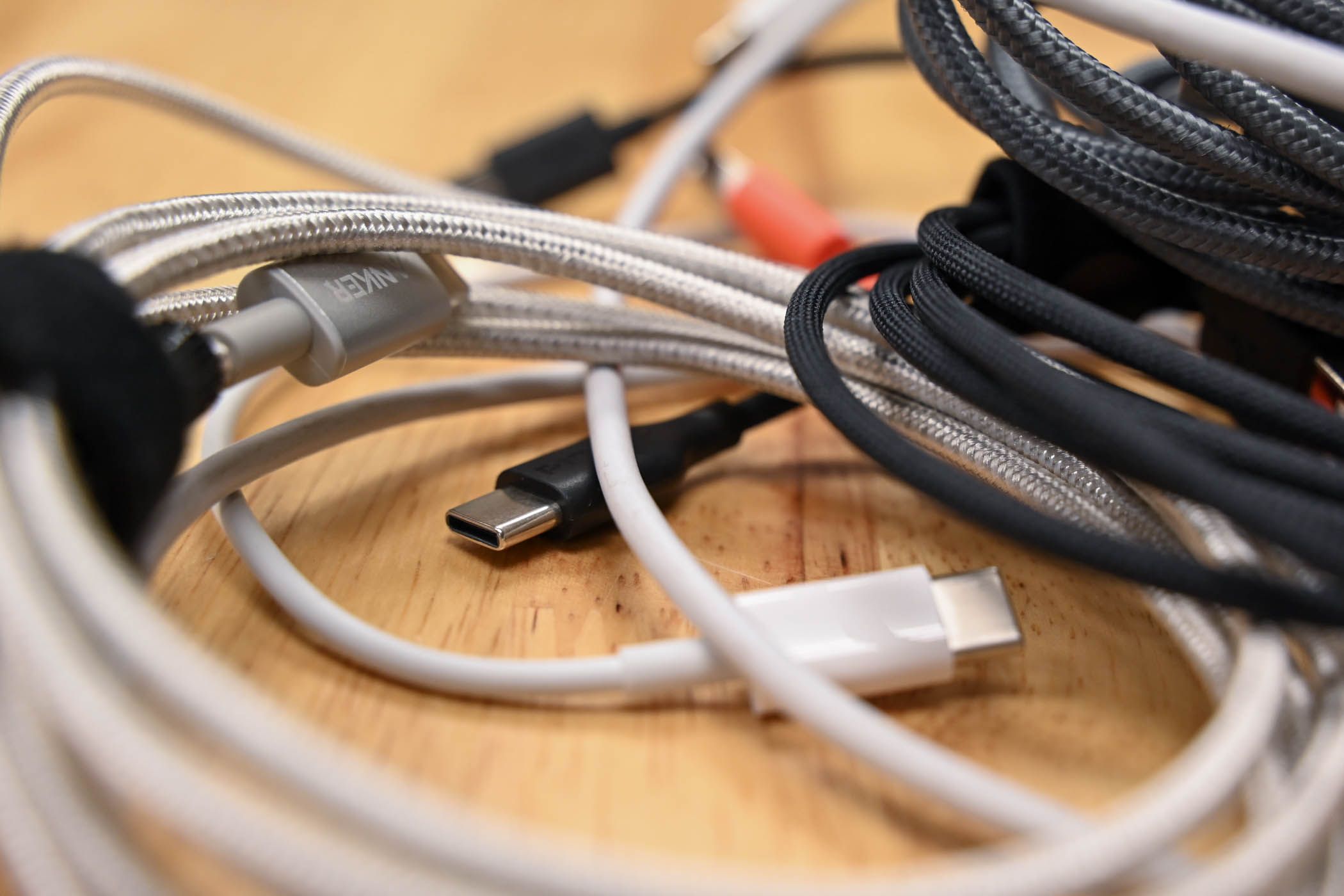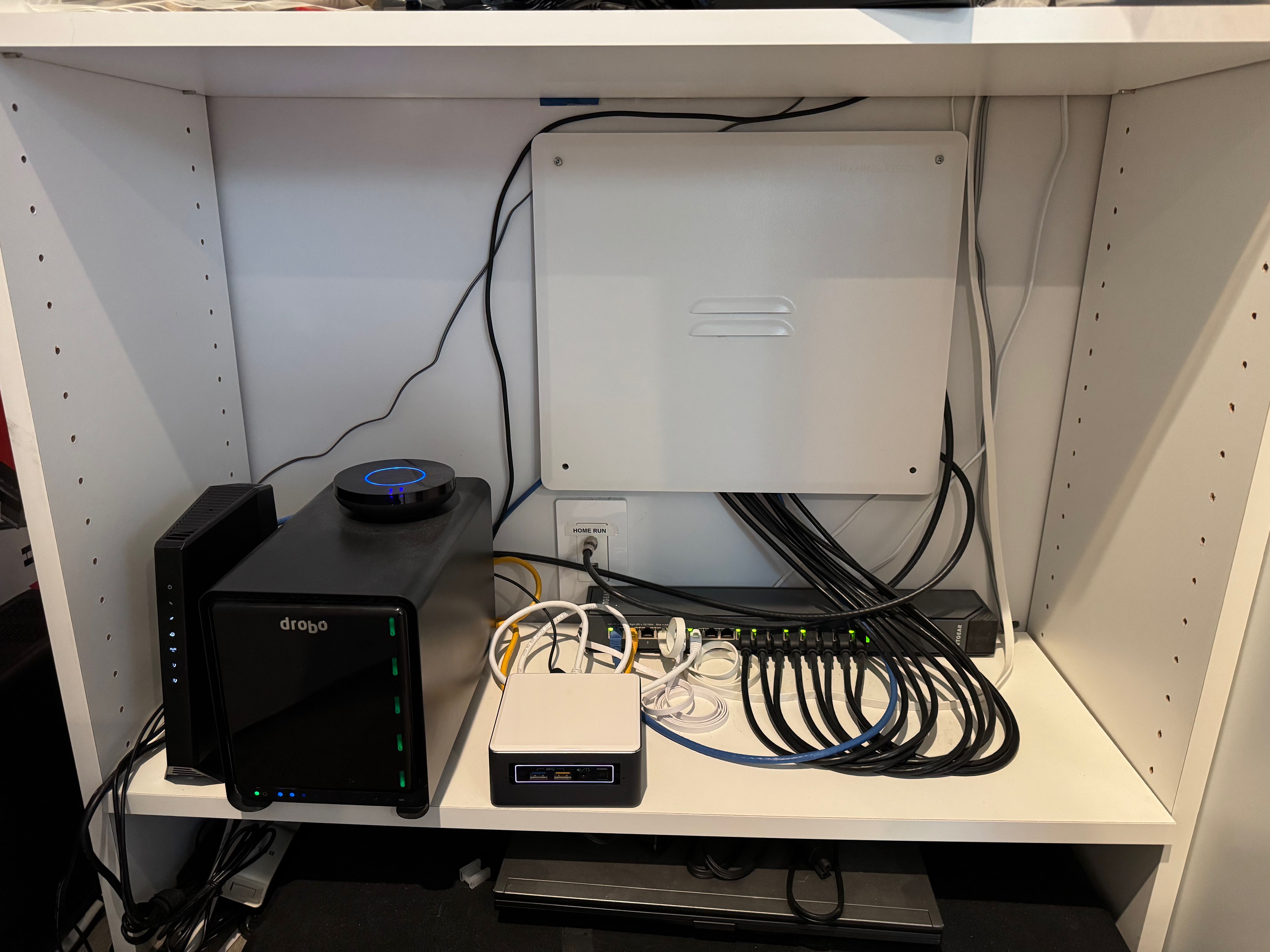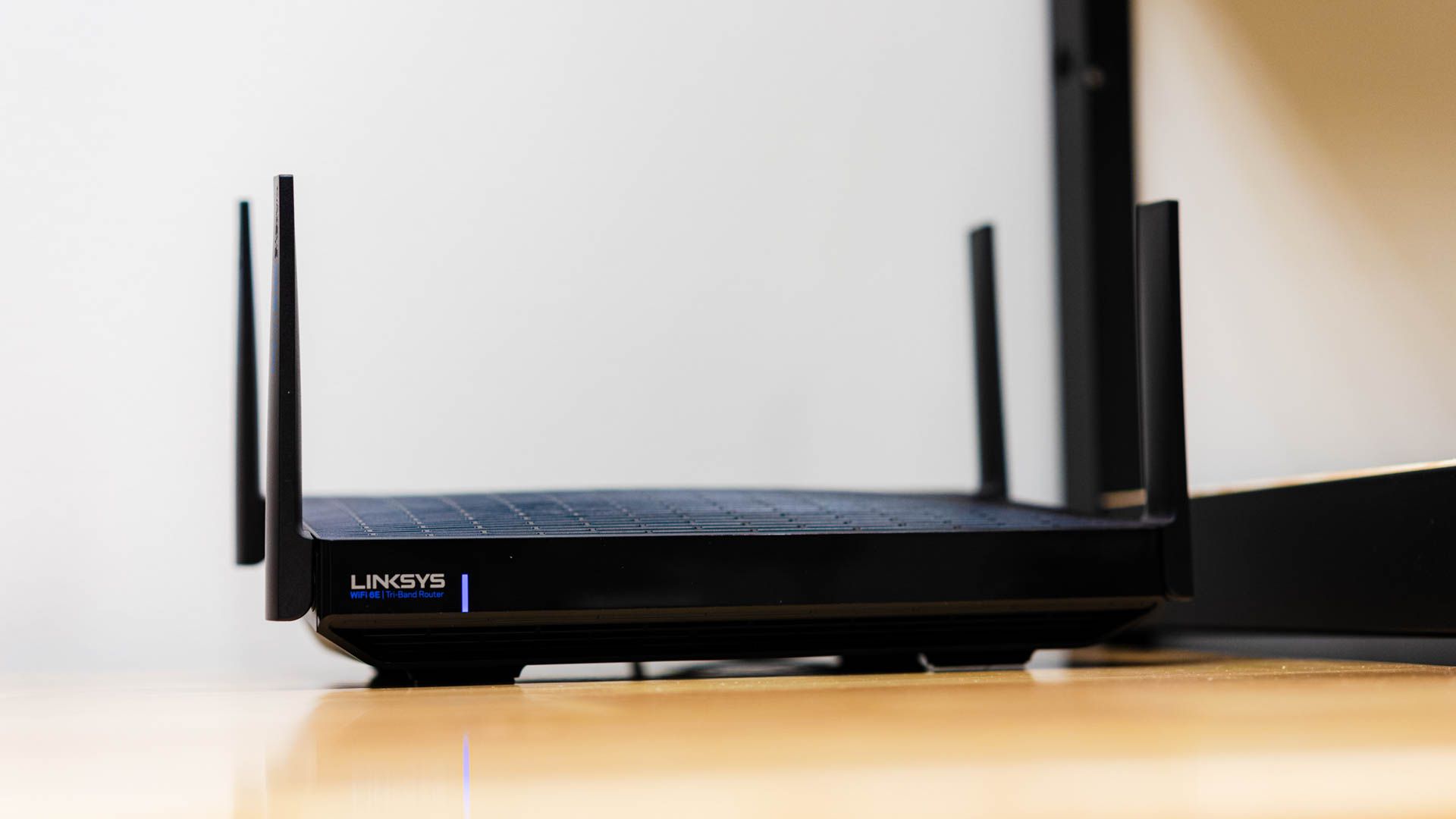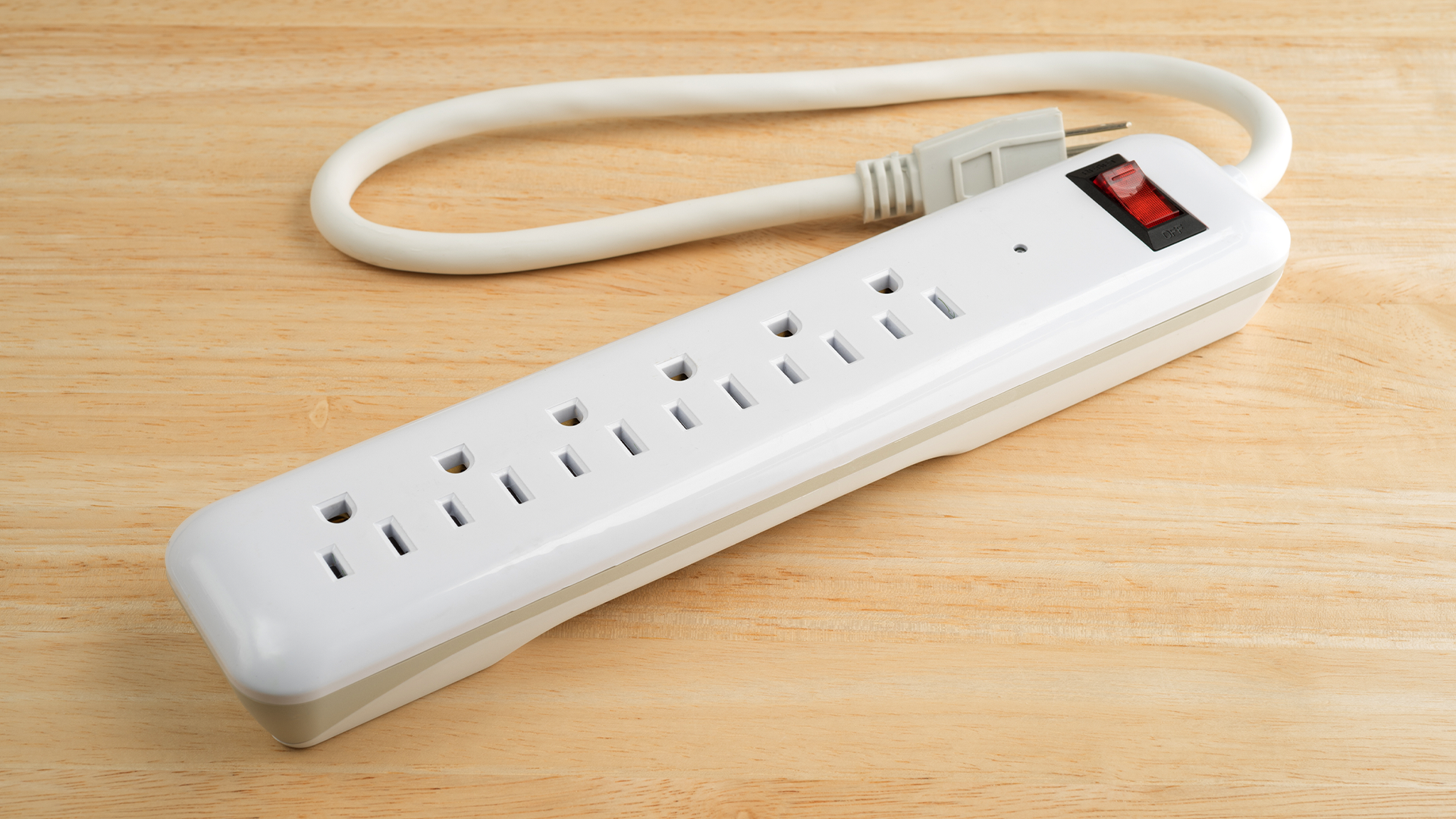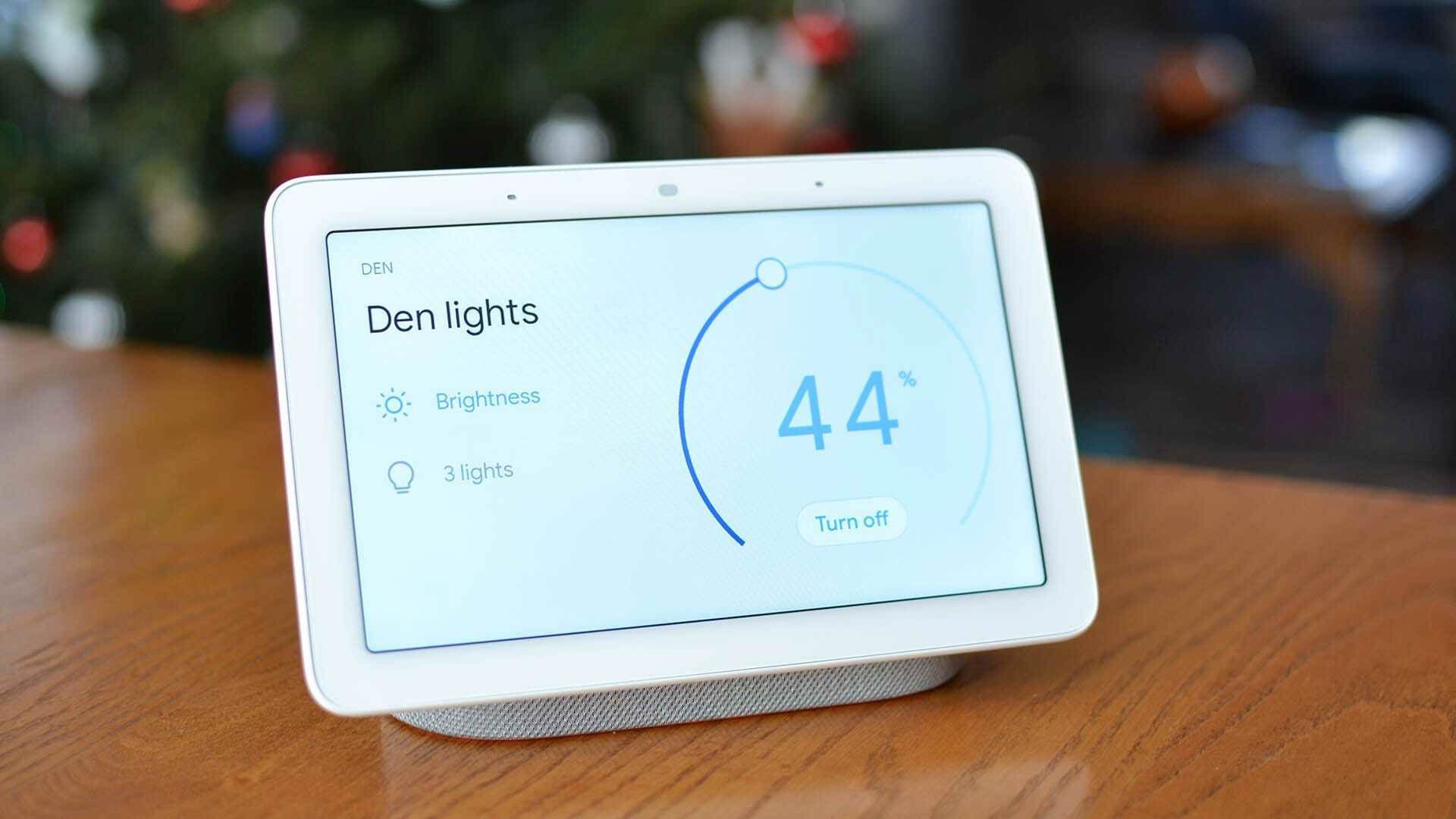Key Takeaways
- Centralize smart home hubs in a closet for easy access and cord management.
- Enclosures should not be metal and should provide proper ventilation for device heat.
- Ensure network access, power, and surge protection for all devices in the centralized space.
As my roster of smart home devices expands, so has the clutter of wires and hubs surrounding what was once a pristine shelf that hosted my router. After months of averting my eyes from the bird’s nest growing there, I finally decided to do something about it: I banished everything to a closet.
The Problem With Smart Hubs
In today’s smart home, there are stand-alone smart devices and devices that require a hub to operate or connect with other ecosystems. Smart home hubs connect multiple devices together, allowing you to control them from a single app and avoiding each device needing to connect to your Wi-Fi separately. Hubs also allow you to connect your devices to smart home platforms like Alexa, Google Home, or Apple HomeKit.
Unless all the smart devices in your home are from the same brand or the hub interoperates with other brands, chances are you’ll accumulate hubs as you add more smarts to your home. I have separate hubs for running my lights, skylights, cameras, and ceiling fans. It also doesn’t help that they come in a variety of shapes and sizes, making stacking them neatly an exercise in futility.
I Made a Smart Home Closet to Hide Them
Rather than testing the limits of my Tetris and cord management skills, I opted to tuck all my smart home hubs into my closet and call it a day. Hiding everything behind a door that remains closed 99% of the time (with just a modicum of cord management) satisfies my inner Marie Kondo, while also making it far easier to manage on an ongoing basis.
I don’t know about you, but I need to power cycle my cable modem fairly regularly in order to maintain a consistent uptime. That was getting difficult with the mess of hubs surrounding it. I’d need to maneuver my hands through a tangle of wires and locate the power plug by feel (with only a 25% chance of success). Now, with the hubs tucked away, the modem is easily within reach.
How to Hide Your Own Smart Home Hubs
There are three things you need to tuck your smart home hubs away: a place to put everything, network access, and power. I was fortunate that I had a closet near my ISP’s ingress point, making the decision on location easy. If a closet isn’t accessible or feasible, a simple cabinet that you can place near your ISP’s central connection will work.
Find a Place to Put Everything
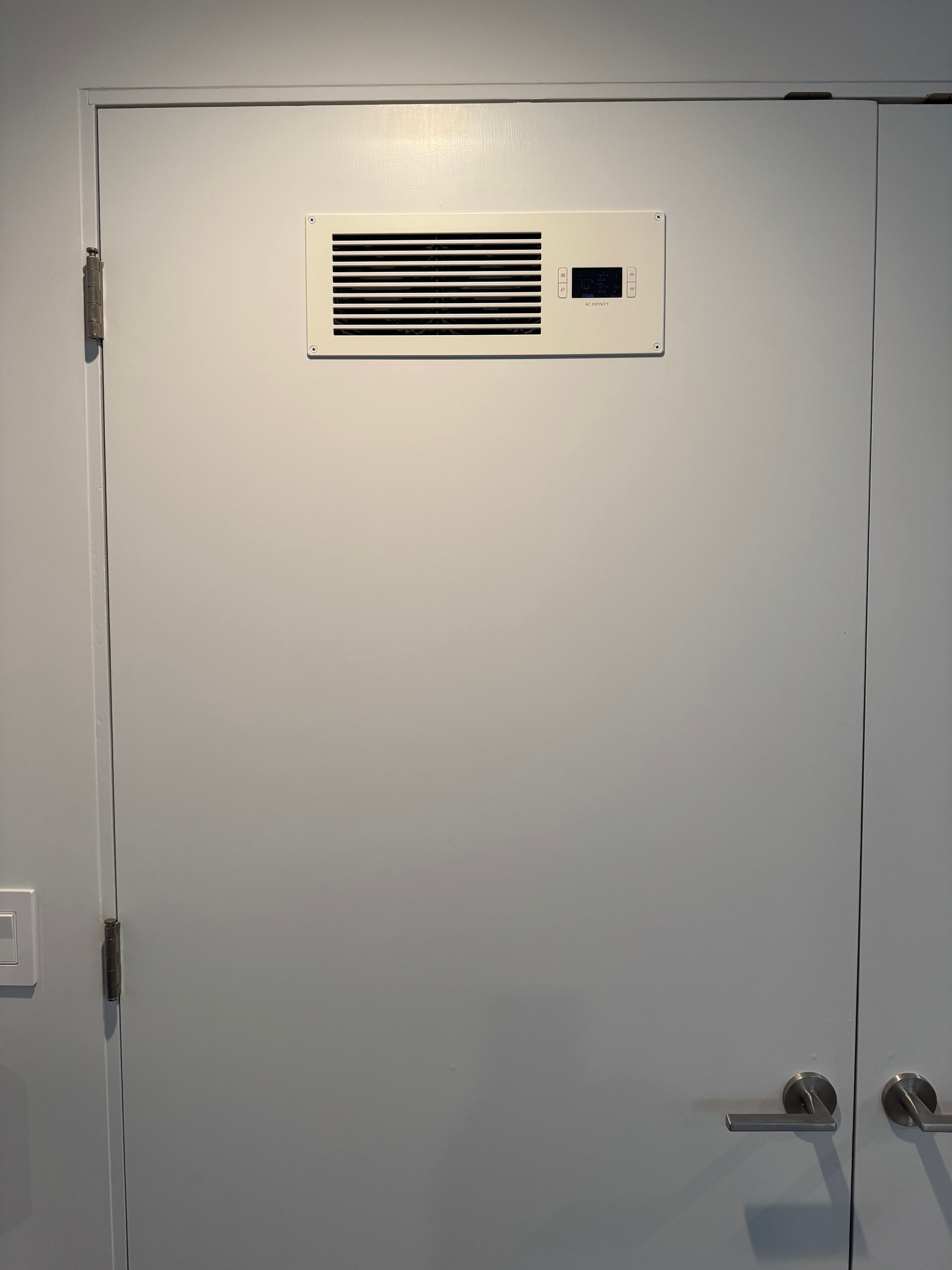
When looking for a suitable enclosure, avoid anything that has a lot of metal, since it can absorb or reflect wireless signals. Try to stick to enclosures made of wood or other materials that don’t have much impact on wireless signals.
In addition, all those little devices are tiny heaters, so things can quickly get toasty inside. I installed a fancy temperature-controlled fan in my closet door to exhaust heat, but just having openings that allow for air circulation in and out of the space should suffice. You can always add a simple PC enclosure fan later to either draw in cool air or blow out hot air if necessary.
Make Sure You Have Network Access
The second requirement is network access because this is where you will be locating your home’s main router—the heart of any smart home setup. If that isn’t possible, an access point with Ethernet ports can work, as long as the signal is solid. Some hubs only connect via Ethernet and hard-wired will always be more reliable than wireless, so having ports readily available is very handy, especially if you anticipate expanding.
Get Some Power to It
Lastly, you will need to power all your devices. A surge protector with enough outlets is all you’ll need for this, but if you want to get fancy, consider a UPS for keeping things alive in case of a power outage.
Once you have everything collected, all that is left to do is start plugging in all your hubs. Most will connect directly to your router’s Ethernet ports and if you run out, you can always add an inexpensive switch.
You don’t need to limit your closet or enclosure to hubs, either. I made my closet the nerve center for my home: my cable modem, router, Ethernet switch, NAS, Home Assistant server, smart device hubs, and even my cordless phone base all live there. Yes, I have a landline with traditional cordless phones—my home is where cell signals go to die, I like having redundancies, and maybe I’m just a little traditional.
Other Ways to Cut Down on Hubs
The best way to avoid having a mess of hubs is to reduce the need for them altogether, and for this, you have options. One is to use devices that rely on your Wi-Fi network to communicate and thus don’t require hubs at all. This isn’t always ideal, though, as it can crowd and slow down your Wi-Fi network and be more fiddly to control multiple accessories.
Another option is to use device-agnostic hubs that play nicely with other brands through standardized protocols like Z-Wave, ZigBee, Wi-Fi, and Thread. Interoperability and feature support may be sketchy, so you’ll need to do your homework to find a combination that works for your device portfolio.
A welcome trend we are seeing these days is companies adding smart hub capabilities to devices that you already use, like set-top streaming boxes or voice assistants. The Google TV Streamer, for instance, doubles as a smart home hub. Likewise, Amazon Echo or Google Nest Hub devices like those found in our roundup of best smart home hubs also do the same.
Whether you decide to centralize your smart home hubs into one conveniently hide-able space or go for a hub-reduction strategy, I found having a place to locate all my data-hungry devices super convenient. I’ve outlined some basic guidelines on what to look for, but this is something you can tweak and get creative with—even if you’re the only person that will ever see it.

